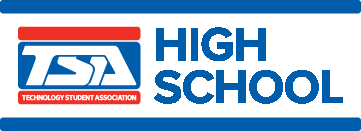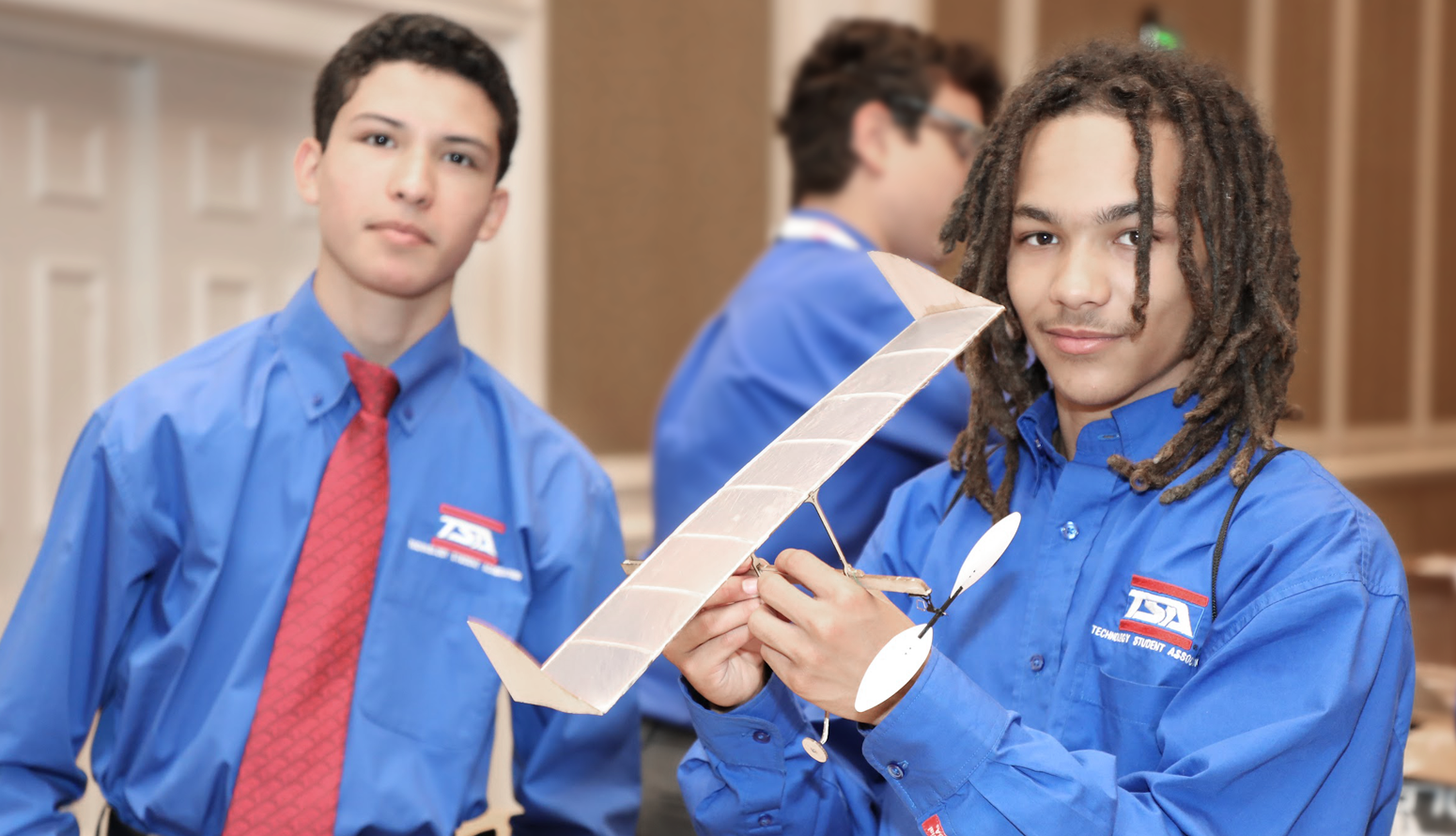
TSA offers 36 middle school competitions. Click on a category below to view a list of TSA middle school competitions and their summary descriptions in that category.
Inventions and Innovations
Participants research a need - and brainstorm a solution - for an invention or innovation that can be produced using recycled materials. Participants document their work in an interactive display and create a model/prototype. Semifinalists deliver a presentation about their work and participate in an interview.
Leadership Strategies
Participants prepare for and deliver a presentation about a specific challenge that officers of a TSA chapter might encounter. Semifinalists follow the same competition procedure but must respond to a different chapter challenge.
Mass Production
Participants manufacture a marketable product that addresses the annual theme. The development of the product prototype is documented in a portfolio that presents participant knowledge and skills related to the mass production process. Through a demonstration of the prototype and an interview, semifinalists support the viability of the prototype.
Mechanical Engineering
Participants design, document, and build a mechanical device (working catapult) that incorporates the elements of the annual theme/problem. Finalists are determined based on an evaluation of the documentation portfolio and participation in a head-to-head bracket.
Medical Technology
Participants conduct research on a contemporary medical technology issue related to the annual theme, document their research, create a display, and build a prototype. Semifinalists deliver a presentation about their entry and participate in an interview.
Microcontroller Design
To address the annual theme/problem, participants design and create a working digital device, document the development process, and demonstrate their product as part of a presentation.

TSA offers 36 middle school competitions. Click on a category below to view a list of TSA middle school competitions and their summary descriptions in that category.
Architectural Design
In response to the annual design challenge, participants develop a set of architectural plans and related materials, and construct both a physical and computer-generated model to accurately depict their design. Semifinalists deliver a presentation and participate in an interview.
Computer-Aided Design (CAD), Architecture
Participants use complex computer graphic skills, tools, and processes to respond to a design challenge in which they develop representations of architectural subjects, such as foundation and/or floor plans, and/or elevation drawings, and/or details of architectural ornamentation or cabinetry. The solution to the design challenge and participant answers in an interview are evaluated.
Computer-Aided Design (CAD), Engineering
Participants use complex computer graphic skills, tools, and processes to respond to a design challenge in which they develop three-dimensional representations of engineering subjects, such as a machine part, tool, device, or manufactured product. The solution to the design challenge and participant answers in an interview are evaluated.
Geospatial Technology
To address the issue presented in an annual theme, participants interpret geospatial data and develop a digital portfolio containing maps, data, and pertinent documentation. Semifinalists defend their projections and visual infographic during a presentation/interview.
Structural Design and Engineering
Participants apply the principles of structural engineering to design and construct a structure that complies with the annual challenge. An assessment of the required documentation and the destructive testing of the structure (to determine its design efficiency) determine both semifinalists and finalists.
